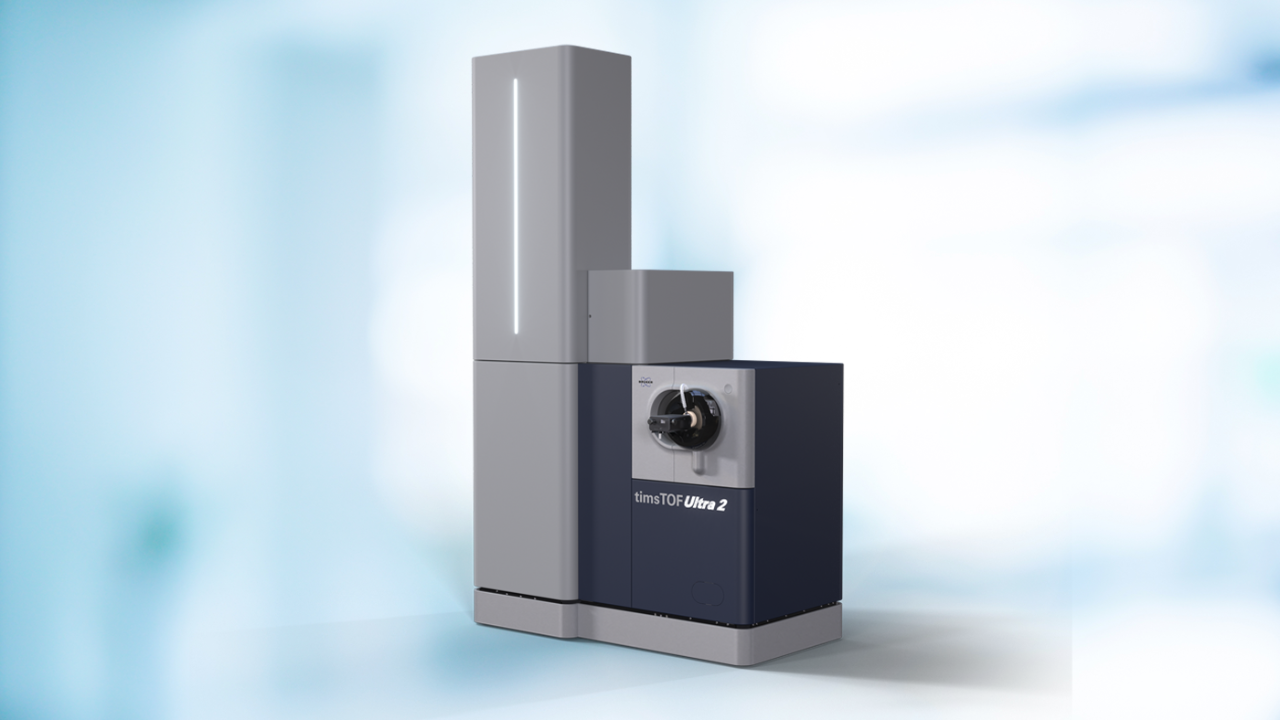

From Bulk to Single Cells: Deeper Proteomic Insights
Single Cell Proteomics
Single Cell Proteomics
Single cell proteomics is an emerging field that aims to understand the diversity of protein expression within individual cells. The traditional approach to proteomics involves analyzing bulk samples, where thousands of cells are analyzed at once, resulting in an average protein expression profile. Yet, this approach fails to capture the unique protein expression patterns of individual cells, which can be critical in understanding the underlying mechanisms of disease.
This leads to the challenges surrounding single cell proteomics for analysis. The limited sample size presents a significant hurdle, as proteins cannot be amplified like nucleic acids, making the detection of low-abundance proteins in small samples difficult. Moreover, the high sensitivity and resolution required for analyzing proteins at a small scale make conventional mass spectrometry (MS) methods even more challenging.
Cell by cell: proteomics takes on new meaning with timsTOF
Explore the depth of single-cell biology with the ultra-sensitive Bruker timsTOF series of mass spectrometers. Unleash the power to measure unique protein expression profiles, protein-protein interactions, and post-translational modifications (PTMs) using less sample amount. Our 4D-Proteomics™ approach combines the power of trapped ion mobility separation with high-resolution quadrupole TOF-MS measurements and leverages PASEF® technology. This unique combination delivers unmatched sensitivity at greater proteome depth with unparalleled robustness. Extract deeper insights from even the smallest sample amounts using short gradients for high-throughput studies.
Get ready to transcend the limitations of single-cell proteomics, maximize your understanding of cellular heterogeneity and pave the way for groundbreaking discoveries.
Ultra-sensitive separation for single cell proteomics
Enhance your single-cell proteomics research with PepSep™ ULTRA C18 columns. These high-resolution HPLC columns offer unparalleled sensitivity for the detection and quantification of low-abundance proteins. With excellent reproducibility, you can trust the accuracy and reliability of your results across multiple runs. PepSep™ ULTRA C18 columns are versatile and compatible with various sample types, including cell lysates, tissue extracts, and body fluids.
By utilizing longer gradients, you can achieve higher sensitivity and delve deeper into the proteome, PepSep™ ULTRA C18 columns are an essential component of Bruker’s single cell proteomics ecosystem. As such they contribute to the reproducible identification and quantification of thousands of protein groups from single cell digests preparation. Elevate your single-cell proteomics to the next level with PepSep™ ULTRA C18 columns and uncover proteomic patterns with true sensitivity.
Unmatched sensitivity and precision
Overcome limitations effortlessly. Our PASEF® technology quantifies thousands of proteins in a single cell, delivering sensitivity and dynamic range. Experience improved reproducibility with dia-PASEF® and consistent peptide identification with dda-PASEF.
With 4D-Proteomics™, identify complex protein isoforms and PTMs, crucial for understanding cellular heterogeneity and disease mechanisms. Detect proteins of low abundance, ensuring data completeness. timsTOF is compatible with LCM, FACS, and micromanipulation, elevating your single-cell analysis. Expect increased sensitivity and reproducibility in 4D-Proteomics™.
"I know firsthand the complexities of heterogeneous tissues. To truly understand cellular mechanisms and diseases, it's crucial to differentiate between the various cell types at play. While single-cell analysis has been game-changing, we have faced significant obstacles in maximizing its potential until recently. Our biggest problems at hand are throughput and the number of proteins that can be competitively analyzed compared to RNA sequencing. Therefore, it would make biological sense to detect 6000 or more proteins in a single-cell equivalent experiment. The timsTOF Ultra has successfully overcome these barriers, allowing us to explore the proteome of individual cells at lightning-fast speeds and unparalleled sensitivity, even from minute samples. Thanks to the timsTOF Ultra, single-cell analysis has reached new heights, and I'm excited to see where this breakthrough will lead us next.”
Karl Mechtler, Professor, Head Proteomics Tech Hub, Research Institute of Molecular Pathology, Vienna Biocenter, Vienna, Austria
Maximize your data, streamline analysis, and save time
Discover Bruker ProteoScape™ the comprehensive data analysis platform that integrates third-party tools and utilizes data streaming for real-time processing. Maximize your CCS-enabled 4D-Proteomics™ acquisitions with TIMScore™ and TIMS DIA-NN in dda-PASEF and dia-PASEF® modes.
TIMScore™ unlocks the highest number of identifications, from PSMs to peptides and proteins, enabling true 4D-Proteomics™ with the CCS dimension in dda-PASEF data. TIMS DIA-NN ensures reliable, robust, and quantitatively accurate large-scale dia-PASEF® experiments. Utilize TIMScore™-powered DDA search results to seamlessly build spectral libraries for TIMS DIA-NN.
Break the data analysis bottleneck in single-cell proteomics. With Bruker ProteoScape™, integrate real-time triggered analysis for large cohorts of samples. Benefit from Run & Done and BPS Acquisition Control for immediate results and automated system suitability analysis, saving your precious samples. For added vigilance, combine with Biognosys iRT kits for automated monitoring with Bruker ProteoScape™ and Bruker TwinScape™.
Get the most out of your scarce samples with Spectronaut® 18
Sensitivity without wasting samples is a must-have in SCP projects. No sample left for a library? No problem! Spectronaut® directDIA+ workflow is the perfect solution when you need to maximize the amount of sample used for quantification. directDIA+ gets the most out of your quantitative runs for identification as well.
Spectronaut® 18 comes with best-of-class visualization tools to dive deep into your raw data. Trusting your results when your signals are low brings peace of mind. With Spectronaut®, you can confirm that what you get is the quality you expect with just one click.
For Research Use Only. Not for use in clinical diagnostic procedures.




